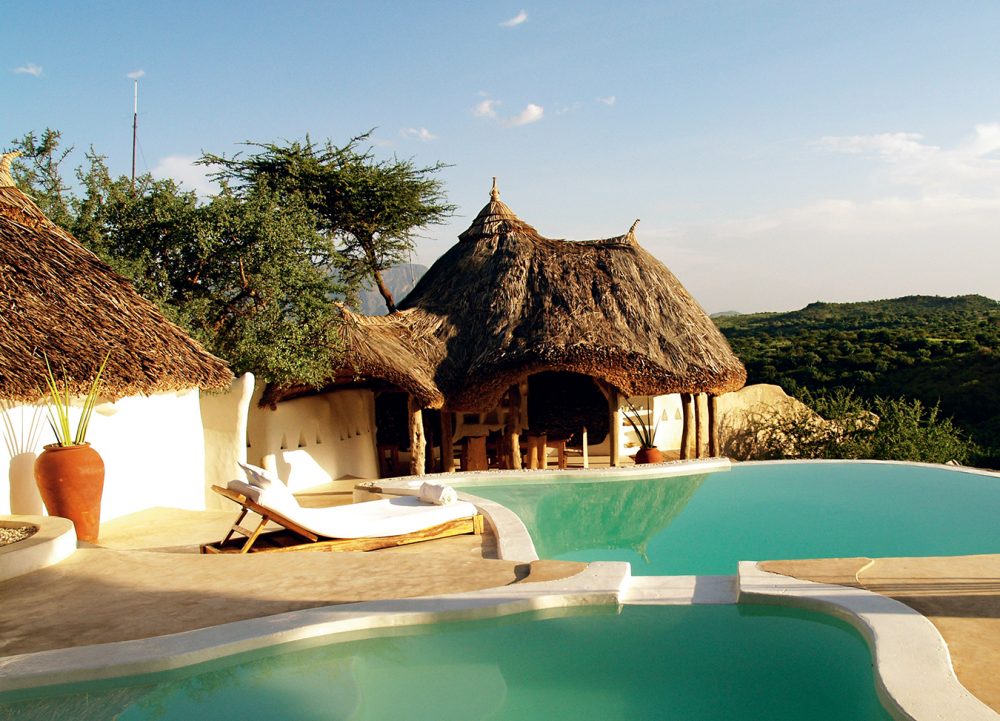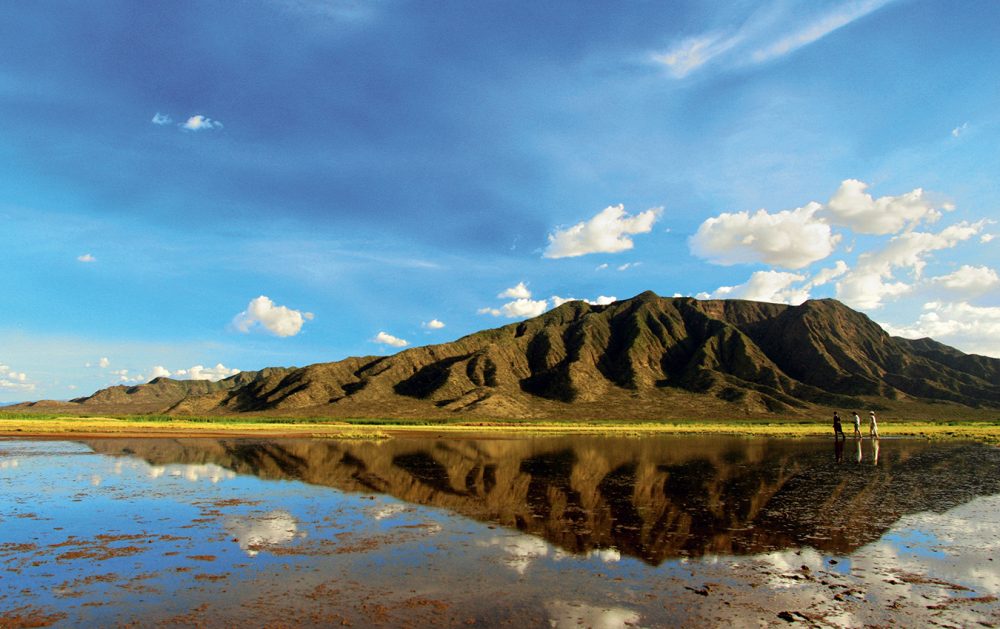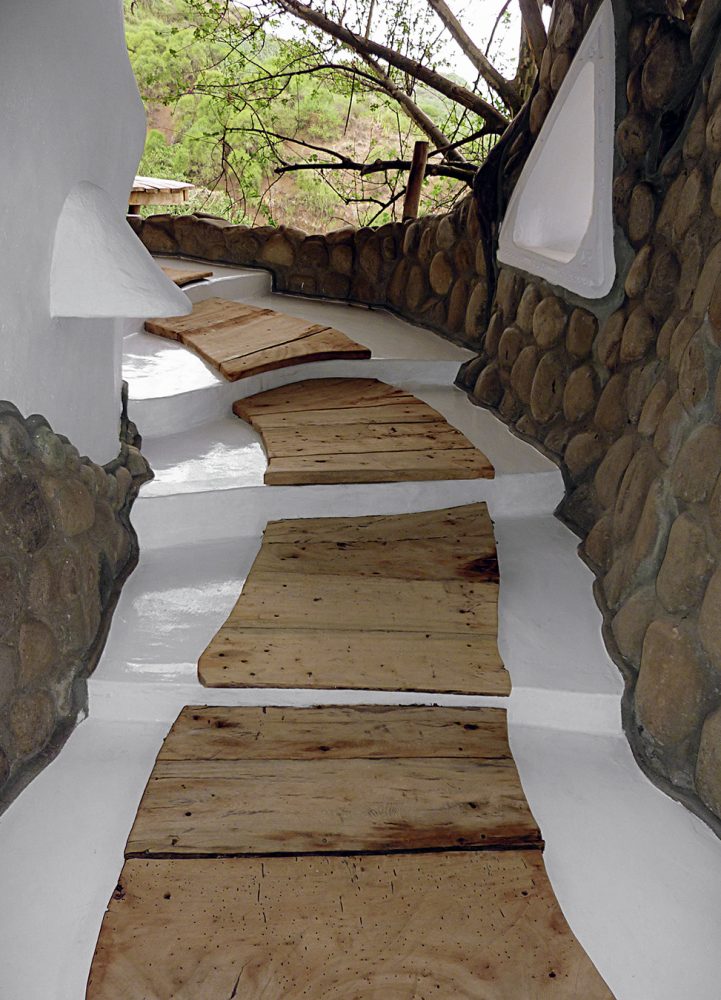From our bedroom, hanging eerily over the floor of East Africa’s Great Rift Valley, my binoculars are trained on a new day dawning. The sun is rising over the plains, casting light on Shompole (Red Ochre) Mountain. Wee birds from the dawn chorus orchestra have already arrived on our deck for crushed cookies. Dressed in her Shompole Masai finery of distinctive white beading, Anna has just delivered a tray of tea.
I sip it reflectively. Below us, two hyenas slope off across the plains, hauling the last two chunks of a zebra. Africa spells drama, yet there is something extraordinarily tender and private about its early mornings.
Two Kenya High School pals, Sopiato and I, had two nights to spare for a luxe safari, so we chose Shompole, as it ticked all our boxes. We have come to see some of Africa’s beleaguered lion population, once hunted by Sopiato’s Maa ancestors as a rite of passage, but now free to roam this private conservancy. A mere three-and-a-half-hour drive or a half-hour chartered flight from Kenya’s capital, Nairobi, Shompole is an eco-lodge designed by Kenyan Anthony Russell, combining breathtaking decor with gourmet food. (We are now of an age where we like to do our safaris in a certain amount of style.)
The result is, yes, a place where we hear that Bill Gates has dropped in for lunch and the Rolling Stones’ Ronny Wood has riffed on his guitar. But we’re more impressed by a decor so at one with its surrounding that groovy, black-throated barbets drill nesting holes in the outdoor dining area tree trunks and wobbly lesser striped swallow chicks learning to fly swoop through the high, swamp-grass eaves.
Hot and tired after a drive that skirted the flamingo population on shimmering soda Lake Magadi and later bounced us through a swamp, we found Shompole to be an oasis in every sense of the word. Here all is harmony. A fresh spring runs through the bright, white open-plan buildings, gurgling into a plunge pool in our bedroom, and playfully cascading over the bed headboard in another. Shompole has no doors or windows; a Masai spear placed in a hole at the entrance way indicates any need for privacy. Exquisite Masai laibon (leader) medicine tools, such as worn animal bones used for grinding potions, lay scattered on coffee tables in the public areas, alongside heavy brass bangles and other Kenyan treasures.
My next dawn viewing reveals a tower of giraffes breaking cautiously out of the bush near the waterhole below us. Wary of the scent of a resident pride of five lionesses with cubs tucked into a nearby craggy hill, the giraffes approach cautiously for a drink.
“She is the best huntress in the pack,” said our host Brendan Bowles on our prior evening game drive, of the lioness we watched panting hard. She had just taken down a zebra single-handed and, cleaning herself up before dinner, was licking blood off her paws and neck. Leaving her to take her first bite, we travelled on to view herds of gazelle, plains game and some of the 200 species of birds for which Shompole is renowned, including the tall secretary bird, known for its snake-killing capabilities, and even taller ostriches, tap-dancing with their two-pronged toes, kicking up ochre dust.
After game drives, the evening meals are taken by the light of myriad hurricane lamps etching the edge of the pool, under the effervescent stars of the Southern Hemisphere. In the midday heat, Sopiato and I lunch here in the shade, watching iridescent sunbirds and smooth bee-eaters quenching their thirst in the pool. Somewhere in the valley, a baboon barks out a warning. Brendan confirms he has seen a leopard prowling.
All too soon it is time to leave Shompole. We share that feeling common to safari. Here, in tune with nature, we have replenished our reservoirs of ngufu (strength) and are ready once more for the city.












